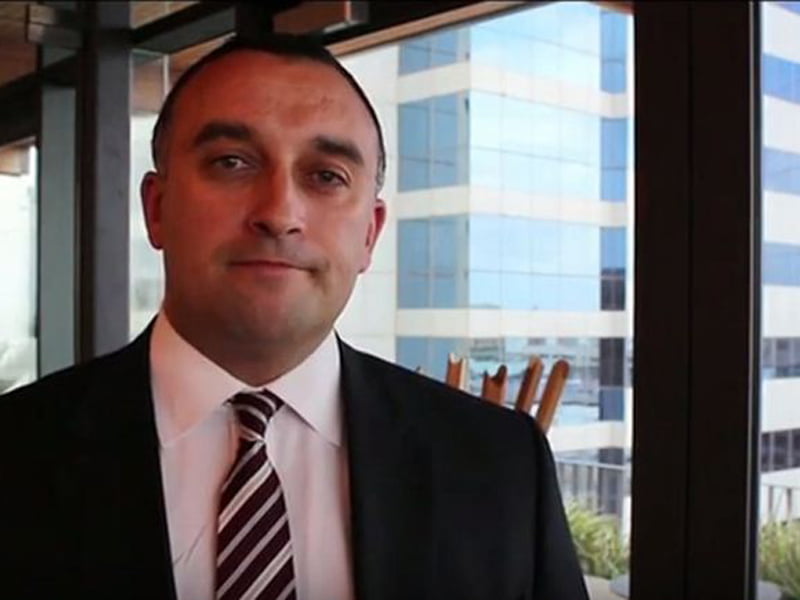There is a “unique opportunity” in Australia to build an effective patent box scheme but the federal government needs to go much further than its current plan to make it the “gold standard”, according to the Australian Investment Council.
In the May budget, the government announced plans to launch a limited patent box scheme by July next year, offering tax breaks for medical and biotechnology innovations to boost commercialisation and retain IP in Australia.

Under the proposed scheme, corporate income derived from patents filed after May this year will be taxed at an effective corporate tax rate of 17 per cent, down from the current rate of 30 per cent for large businesses and 25 per cent for SMEs.
Submissions to Treasury’s consultations on the scheme closed this week, with key issues including how best to determine eligibility of the two targeted sectors, how to ensure the invention is the result of Australian-based research and development, and whether it should be expanded to low emissions technologies.
In a submission to government, Australian Investment Council (AIC) chief executive Yasser El-Ansary welcomed the introduction of a patent box, but called for nearly all aspects of the current proposal to be reformed in order for the scheme to be the “gold standard”.
The AIC has called for the patent box to be open to a wider range of tech sectors, the tax break to be significantly increased and for patent filings from early 2018 to be eligible for it.
“The sector will need to be supported by a patent box regime that is competitive on a global scale and has the potential to attract investment, to accelerate our commercialisation pipeline and to retain the IP within Australia,” Mr El-Ansary said in the submission.
“There is a window of opportunity to design the new ‘gold standard’ patent box regime to strongly support the innovation economy through going ‘narrow and deep’ in developing sectors beyond medical and biotechnology where Australia has a comparative advantage.”
While the government has said the patent box will only be open for medical and biotechnology-related IP, all sectors included in the Modern Manufacturing Strategy, such as food tech, agtech, space, quantum computing and critical minerals processing, should be eligible, Mr El-Ansary said.
“The patent box design principles should extend beyond the scope of the medical and biotechnology and clean energy sectors to include industries where Australia has a comparative advantage,” he said.
“While we recognise there would be a cost to the budget and that this policy design principle would require government support, the medium and long-term benefits to the national economy through employment and economic growth would outweigh the initial budgetary outlay. A well constructed patent box has the potential to support innovation through bridging the gap between research and development and commercialisation for new developments and discoveries in the medical and biotechnology sectors.”
While the Coalition has proposed that only IP filed after the budget announcement in May this year will be eligible for the tax breaks, the AIC has urged this be extended to May 2018 to assist companies in commercialising these technologies.
“It is at this transitional stage from pre-revenue to revenue, that offshore regimes become a viable option for medical and biotechnology companies for translating or commercialising their IP in jurisdictions outside of Australia,” Mr El-Ansary said.
“One solution to encourage a pipeline of medical and biotechnology inventions and to retain the IP within Australia would be to recognise existing IP for companies in the pre-revenue stage by making patents granted by IP Australia three years prior … eligible for the patent box.”
The tax rate of 17 per cent for revenue from eligible IP proposed by the government will “quickly become uncompetitive” and should be reduced to 10 per cent, Mr El-Ansary said.
“The proposed tax rate of 17 per cent for the Australian patent box will not be sufficient to make Australia competitive with these jurisdictions or to meet the design objectives of the patent box to attract and retain IP in Australia,” he said.
“When combined with the current company tax rate and relatively high costs of commercialisation, the 17 per cent rate would not make the proposed patent box competitive enough with other regimes. There is a unique opportunity to build a competitive patent box regime to attract and retain innovation in Australia. An important attribute of this regime will be to include a tax rate which is highly competitive with other jurisdictions.”
Manufacturing patents and income streams should also be included in the scheme, along with Australian-owned IP in other “like” jurisdictions, the AIC submission argued.
Medical and biotechnology needs to be better defined under the scheme and this should be aligned with definitions included in the research and development tax incentive, the AIC said. The organisation also backed the government’s proposal to extend the tax break to low emissions technologies.
The Coalition has been considering a patent box since 2015 when it tasked the Chief Economist with investigating the proposal. However, their final report was lukewarm, finding that it would lead to a large decrease in tax revenue without a corresponding increase in incentive to invest in research.
Shadow industry minister Ed Husic recently said there are big questions around the proposed scheme, which risks being a “knee-jerk reaction to embrace a new concept” and provide tax breaks to big companies with little benefit to the wider society.
Do you know more? Contact James Riley via Email.

